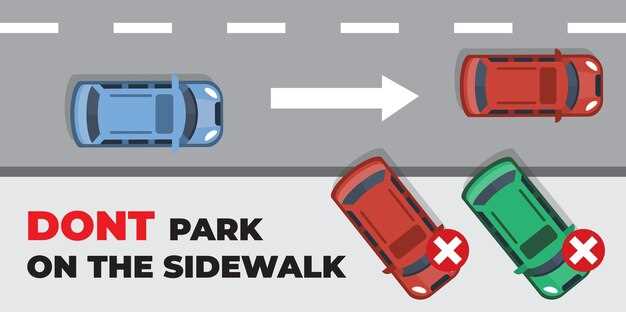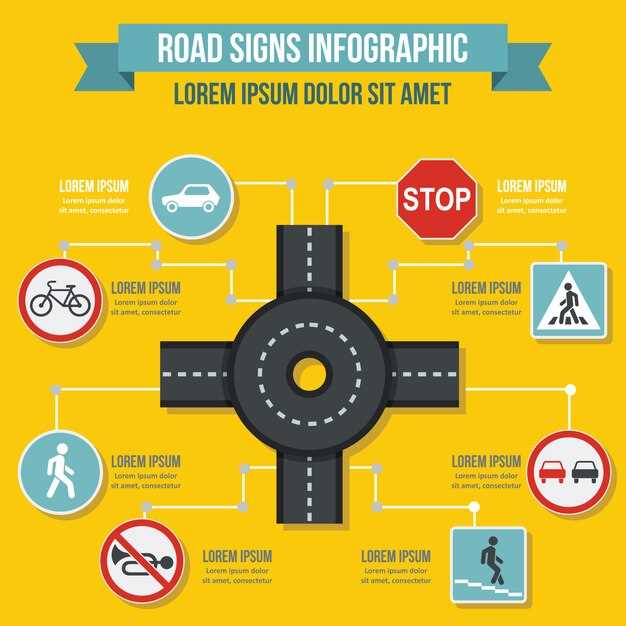
In the world of motorsport, mastering the art of driving involves a deep understanding of various elements that contribute to speed and control. Among these crucial aspects are braking zones and turn-in points. These concepts are essential for optimizing lap times and ensuring vehicle stability while navigating corners on the race track.
Braking zones are specific areas on the circuit where drivers must reduce their speed to prepare for an upcoming turn. The distance and timing of braking are critical; miscalculating can lead to loss of speed or, worse, an accident. Understanding where to initiate braking is key to maintaining momentum and achieving the best possible cornering speed.
Equally important is the identification of turn-in points, which denote the precise moment a driver begins to steer into a corner. This decision is influenced by various factors including track conditions, vehicle dynamics, and driver skill. A well-timed turn-in can significantly enhance a driver’s ability to exit a corner quickly and efficiently.
In this article, we will explore the intricacies of braking zones and turn-in points, providing insights that can help both novice and experienced drivers refine their racing techniques. By understanding these principles, drivers can improve their overall performance on the track, making every lap more efficient and exhilarating.
How to Identify Optimal Braking Zones for Different Track Layouts
Identifying optimal braking zones is crucial for maximizing speed and control in various track layouts. The effectiveness of braking depends on the circuit’s characteristics, including the track surface, elevation changes, and corner radii. Each of these factors influences where a driver should initiate braking to achieve the best possible turn-in.
Start by analyzing the layout of the track. Look at the corners and straights to understand the flow of the circuit. Tight corners typically require earlier braking, whereas faster bends might allow for later braking points. Deeper into the analysis, consider the track surface. Smooth surfaces often provide better grip, allowing for assertive braking closer to the turn-in points, while abrasive surfaces may necessitate earlier braking to maintain traction.
Next, assess the elevation profile. Tracks with significant downhill sections might require adjustments in brake zones, as momentum increases speed. Consequently, drivers may have to brake earlier to avoid overshooting the corner. Conversely, uphill sections may allow a later braking approach, as the incline can aid in slowing the vehicle naturally.
Furthermore, utilize data acquisition systems, if available, to gather information on speed, throttle position, and brake application. Analyzing telemetry data can help pinpoint where braking zones are optimized; looking at lap times can reveal patterns of braking behavior across different laps. Aim to identify consistent braking markers, such as cones or trackside features, to assist in replicating the optimal braking zone in future laps.
Finally, practice is essential. Real-world experience on the track helps drivers refine their braking zones. Adjusting braking points according to tire wear, fuel load, and weather conditions is vital. Experimentation during practice sessions can lead to greater confidence and improved lap times. By systematically applying these techniques, drivers can effectively identify and utilize optimal braking zones tailored to each unique track layout.
Techniques for Finding the Perfect Turn-In Point in Cornering

Finding the ideal turn-in point is crucial for achieving optimal cornering performance. A well-timed turn-in enhances stability and speed through the bend. Here are several techniques to refine your approach.
First, observe the track layout. Identify visual markers such as cones, curbs, or changes in pavement to help establish consistent turn-in points. These reference points allow you to gauge when to initiate braking and shift your focus towards turning the steering wheel.
Next, practice smooth braking. Deceleration should start prior to the turn-in point to maintain control. Execute a trail-braking technique by lightly easing off the brakes as you approach the corner, which helps transfer weight to the front tires, increasing grip as you turn in.
It’s essential to understand your vehicle’s dynamics. Each car reacts differently based on its weight distribution, suspension setup, and tire characteristics. Regular practice will help you to learn how your car behaves when approaching its limit, allowing you to fine-tune your entry speed and turn-in point accordingly.
Additionally, consider using simulation or data acquisition tools if available. Telemetry can provide invaluable insights into your braking zones and turn-in angles, helping you analyze your performance and make necessary adjustments.
Finally, remain adaptable. Track conditions can change due to weather, tire wear, or traffic. Being able to adjust your turn-in point as needed ensures you maintain the best speed around the corner while minimizing the risk of losing control.
Common Mistakes in Managing Braking and Turn-In Dynamics

Effective management of braking zones and turn-in points is crucial for achieving optimal lap times and maintaining vehicle control. However, many drivers fall into common pitfalls that hinder their performance.
- Delayed Braking: Waiting too long to initiate braking can lead to overshooting the corner. Drivers often underestimate the required distance and lose precious time.
- Inconsistent Brake Pressure: Applying uneven pressure on the brake pedal can cause instability. Smooth and consistent braking is essential to maintain control and balance of the vehicle.
- Late Turn-In: Turning in too late can compromise the trajectory through a corner. Proper timing at the turn-in point is vital to set up for an efficient exit.
- Incorrect Line Selection: Choosing the wrong racing line can affect braking zones significantly. A wide entry can lead to a longer braking distance and disrupt the flow of the turn.
- Over-braking: Excessively braking can unsettle the car, particularly in performance vehicles. Understanding the limits of the vehicle’s braking capability is key to maintaining speed through corners.
Addressing these issues requires practice and a keen awareness of vehicle dynamics. Analyzing telemetry data and seeking feedback can help drivers refine their techniques.
- Identify specific corners where mistakes occur.
- Practice consistent braking in controlled conditions.
- Focus on establishing a clear turn-in point and adjust accordingly.
- Experiment with different lines to find the optimal approach.
By recognizing and correcting these common mistakes, drivers can greatly improve their overall performance and enjoy a more dynamic driving experience.












